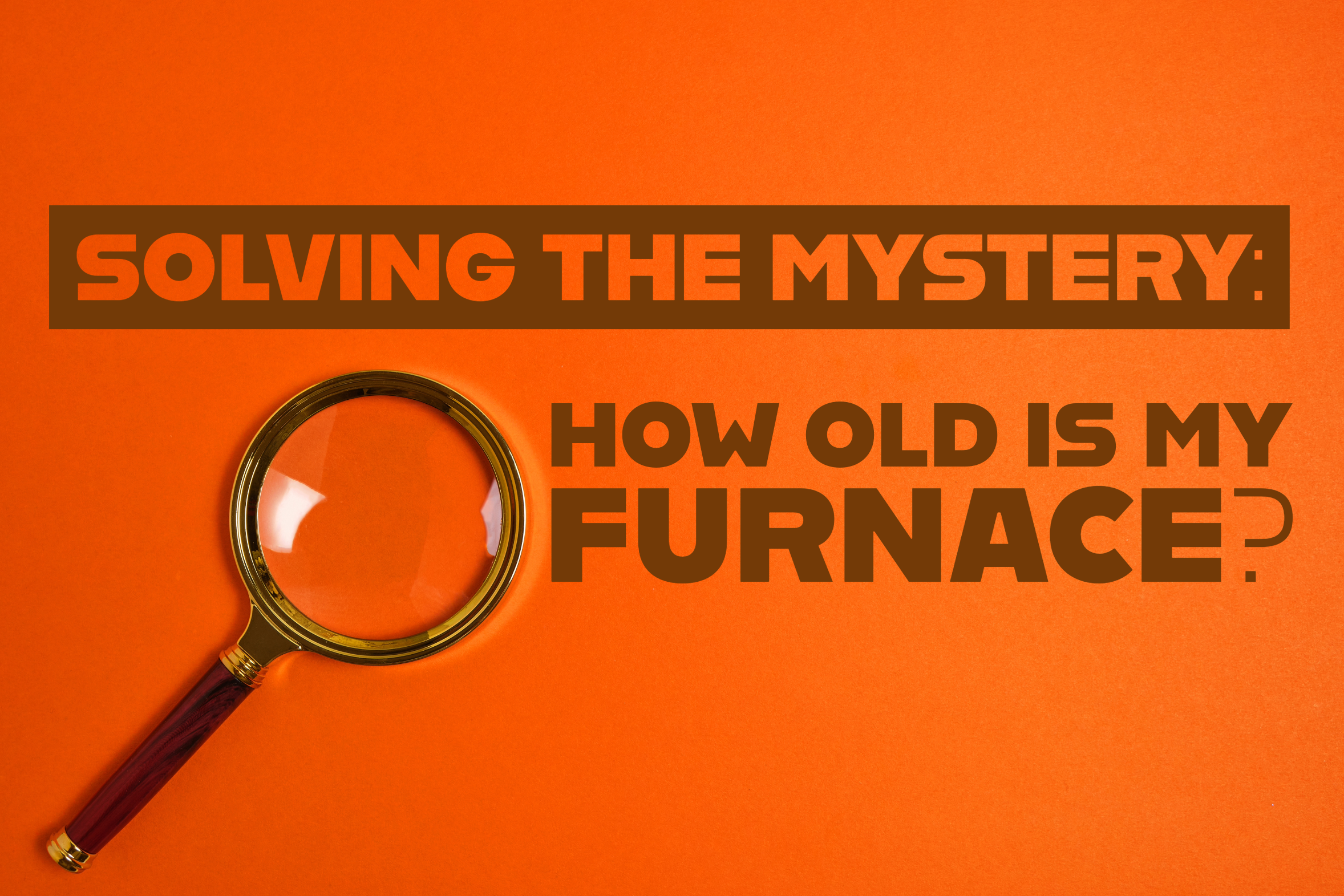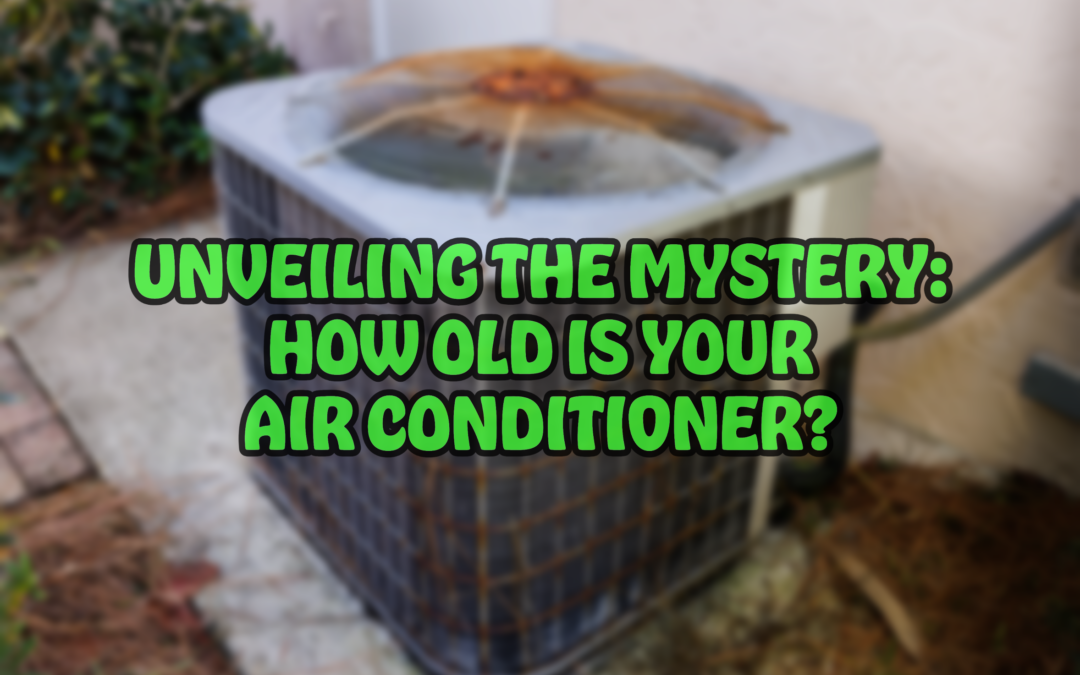Your furnace is the unsung hero of the season, providing warmth and comfort during the coldest months of the year. Yet, like any essential household appliance, furnaces have a limited lifespan. Whether you’ve just moved into a new home or are managing an older furnace, understanding its age is vital for homeowners. This knowledge empowers you to proactively handle maintenance, navigate potential repairs, and plan for future replacements as situations occur.
In this comprehensive guide, Mount Washington Heating & Cooling will explore various methods to determine your furnace’s age.
Why Knowing Your Furnace’s Age is Crucial
Understanding your furnace’s age is essential for several reasons, all of which contribute to the efficiency and durability of your heating system:
- Maintenance: Regular maintenance is key to ensuring your furnace runs efficiently and safely during the colder seasons. With that in mind, it’s helpful to know the age of your furnace because when you schedule your seasonal maintenance checks, it helps the HVAC technician to know the approximate age of your heating unit before the appointment.
- Repairs: When your furnace faces operational issues, knowing its age helps you decide whether investing in repairs or getting a new unit is a more cost-effective choice.
- Replacement: Most furnaces have a lifespan of 15 to 20 years. So, if your furnace is approaching or has exceeded this timeframe, it’s time to plan for a replacement to prevent unexpected disruptions.
- Warranty: Many furnaces come with manufacturer warranties, often with specific timeframes. Knowing your unit’s age allows you to determine if your warranty coverage is still valid.
The Owner’s Manual
For a quick and straightforward way to determine your furnace’s age, the owner’s manual is your best bet. Typically, it contains essential details about the installation or manufacturing date, giving you an estimate of your unit’s age. So, if you still have the manual, try checking the introductory section or a dedicated “Specifications” page for this information. If you can’t find the information listed in the manual, try the steps below.
The Manufacturer’S Label
If your owner’s manual is missing or lacks the necessary data, another method is to inspect the manufacturer’s label, usually affixed to the furnace. You’ll typically find this label inside the furnace cabinet or along the unit’s side, containing vital information such as the model number, serial number, and manufacturing date. You can decipher the manufacturing date from the serial number, often featuring a sequence of letters or numbers signifying the date. Keep in mind that various manufacturers may use different coding systems, with some adopting a simpler date format like “MFG Date: MM/YYYY.”
The Manufacturer
If the serial number or manufacturer’s label doesn’t provide a clear indication of your furnace’s age, don’t hesitate to reach out to the manufacturer directly. Reputable furnace manufacturers typically have dedicated customer service or support teams equipped to assist you with any of your questions.
The Professionals
Finally, consider consulting an HVAC technician. During your next seasonal HVAC check, your technician can quickly identify the manufacturing date while offering valuable insight into your furnace’s condition and its expected remaining lifespan. Regular seasonal check-ups are a smart strategy to keep your furnace in optimal condition!
The Conclusion
Knowing your furnace’s age ensures your home remains warm and comfortable during the coldest months. You wouldn’t want your furnace to malfunction when you need it the most. So, follow these steps to uncover its age and make informed decisions about your heating system.
For personalized guidance and top-quality heating and cooling support, you can contact Mount Washington Heating & Cooling anytime at (513) 655-5115 or schedule an appointment online now by clicking here! Your comfort and warmth are our utmost priority!


















